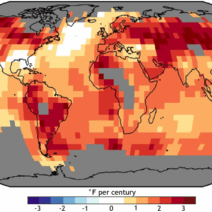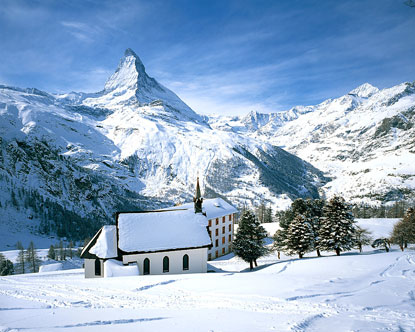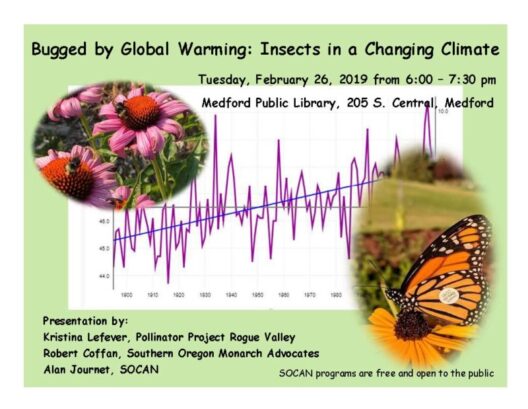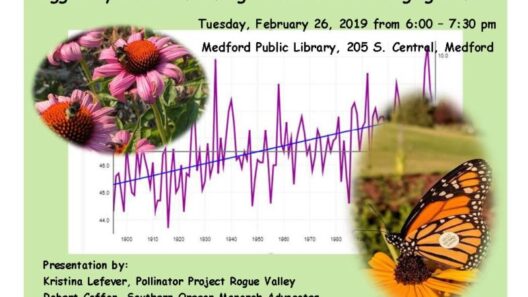Erosion, a natural geological process, is undergoing an unprecedented transformation due to the accelerating impacts of global warming. As the climate steadily changes, contributing factors such as rising temperatures, increased precipitation, and melting ice caps are reshaping our landscapes in profound ways. This comprehensive examination of how global warming influences erosion reveals the intricate dynamics of our environment.
In its traditional sense, erosion involves the gradual wearing away of soil and rock, often aided by wind, water, and ice. However, the contemporary lens of climatic shifts reveals a more aggressive aspect of this phenomenon. The interplay between escalating temperatures and moisture levels is significantly altering the rate at which erosion occurs, thereby modifying landscapes across diverse ecosystems.
One of the most palpable effects of climate change can be observed in alpine regions, where glacial retreat has become a pressing concern. As global temperatures rise, glaciers are melting at an alarming rate, exposing previously locked landscapes. The erosion that follows is both dramatic and transformative. Initially, glacial meltwater enriches the soil with minerals, creating fertile ground for new plant life. However, this initial benefit is mitigated by the destabilization of previously supported structures, including moraine formations and mountain slopes. Increased water flow can lead to enhanced river erosion, resulting in altered riverbanks and accelerated sediment transport downstream.
Coastal regions are also grappling with the repercussions of climate-induced erosion. Sea level rise is pushing ocean waters further inland, exacerbating the natural processes of erosion along shorelines. Saltwater intrusion compromises freshwater resources and alters coastal ecosystems. The synergy of storm surges and high tides spells disaster for previously stable environments, leading to the obliteration of habitats, loss of biodiversity, and increased vulnerability of coastal communities. The rapidity with which these changes manifest underscores the urgency for coastal management strategies that adapt to shifting baseline conditions.
Moreover, intense rainfall events—a likely consequence of climate change—exacerbate the effects of erosion in a multitude of ecosystems. The increased frequency and intensity of rainfall lead to surface runoff, which subsequently accelerates soil erosion in agricultural lands, forests, and urban areas. In agricultural contexts, this phenomenon is particularly detrimental. Loss of topsoil not only diminishes crop yields but also necessitates increased use of fertilizers to maintain productivity, which in turn contributes to nutrient pollution in rivers and lakes. The cascading effects of such erosion can lead to a cycle of environmental degradation, promoting further adverse climatic outcomes.
In forested regions, climate-induced erosion can alter the composition and structure of ecosystems. Large-scale logging, paired with intensive storms, increases vulnerability to landslides. When heavy rainfall saturates the soil, trees can no longer anchor the earth effectively, resulting in catastrophic landslide events. The aftermath disrupts habitats, threatens wildlife, and leaves landscapes stripped of vegetation—a clear indicator of the ramifications of climate change erosive processes.
It is imperative to consider the role of deforestation in this equation. The removal of trees not only initiates an increased risk of erosion but also diminishes the forest’s capacity to sequester carbon. This loss results in a feedback loop wherein accelerated erosion contributes to atmospheric carbon levels while simultaneously compromising the natural carbon sink properties of forests. The clearing of these vital ecosystems, therefore, exacerbates the very climate issues we aim to mitigate.
Urban environments are not exempt from the clutches of climate-related erosion. As cities expand, impervious surfaces proliferate, leading to increased runoff and erosion of urban soil. The containment of water within these structures exacerbates flooding, leading to property damage and the further degradation of urban ecosystems. Stormwater management systems must evolve to accommodate the challenges posed by changing precipitation patterns and the likelihood of more severe weather events.
Looking ahead, it is paramount to adopt mitigation and adaptation strategies that address the multifaceted nature of erosion linked to climate change. Sustainable land-use practices, reforestation, and the implementation of green infrastructure can play a pivotal role in curbing erosion. Strategies that embrace soil conservation, such as contour farming and the use of cover crops, can enhance soil resilience against erosive forces, fostering greater land productivity while safeguarding against the specter of climate change.
Additionally, innovative designs in urban planning, which enhance permeable surfaces and create green spaces, can mitigate urban erosion. Enabling cities to better capture and manage rainwater will not only help to abate flooding but also support the biophysical environment by facilitating the natural processes of soil formation and stabilization.
In conclusion, the face of erosion is transforming under the pressures of global warming, compelling us to reevaluate how we understand and respond to this natural process. The interplay of climatic factors in reshaping landscapes necessitates a comprehensive approach to environmental stewardship. Societal awareness and engagement are critical to catalyze effective actions that protect our changing environments. Climate change is not a distant future dilemma; it is a present reality that demands our immediate attention and action.








